Apple had their annual Event on the 10th of September 2019, where they release most of their new hardware, such as iPad’s, Apple watch, etc. The section of the event we generally stay glued to the stream is about their new line of iPhones.
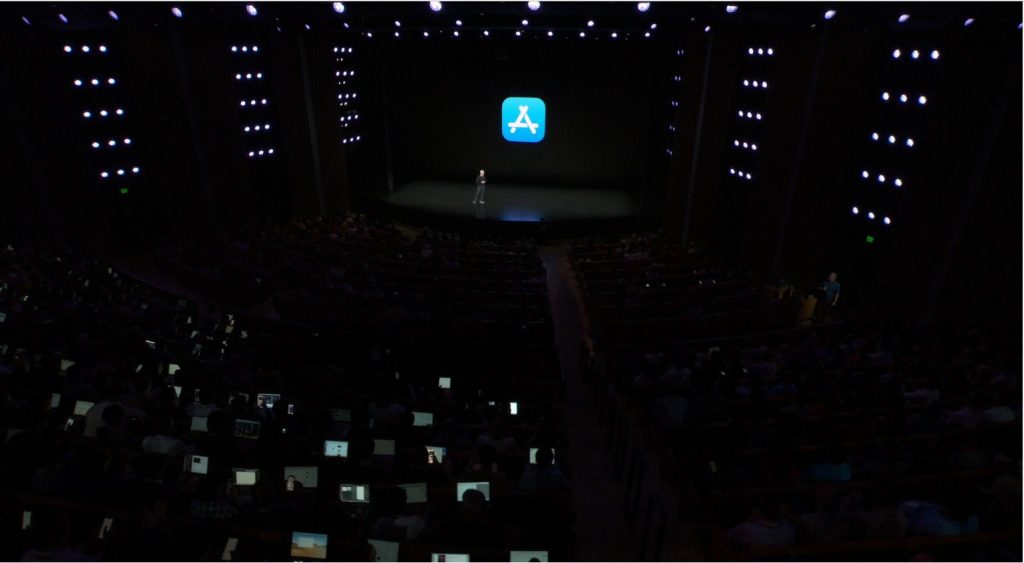
After weeks of surprisingly quite accurate leaks, which i’m not sure if Apple leaked themselves, there were very few surprises.
The new iPhone is named iPhone 11, clean and simple and not as confusing on what to call it, 10 or x.

So this variant has a lot of similarities to it’s earlier cousins, but the new colors available are quite cool.
Do take note that the iPhone 11 is a successor to the XR, so it is now the current budget offering in the new lineup.
The iPhone 11 has the same 6.1 inch LCD display as the XR and is also the same low resolution as before at 1792×828, with no support for HDR and a max brightness of 625 nits.
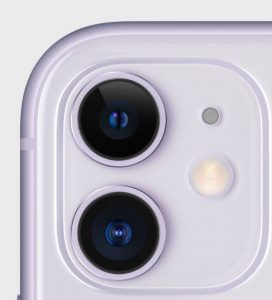
A new addition is the dual camera setup at the back, which are both 12 megapixels , with one being a wide angle and the other an ultra wide angle camera.
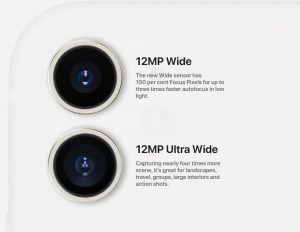
The front has a 12 megapixel truedepth camera.
The wide angle sensor has an aperture of f1.8 and the ultra wide sensor has an aperture of f2.4.
OIS is present in the camera , a 2x optical zoom and digital zoom upto 5x. The optical zoom of 2X is quite low, but at least the feature is present.
Night mode is also present on the iPhone 11, raising up to the challenge against pixel phones.

The processor also is the new brand spanking A13 chip, and storage options are from 64 to 256 all the way to 512 GB internal. The phone also supports dual sim.

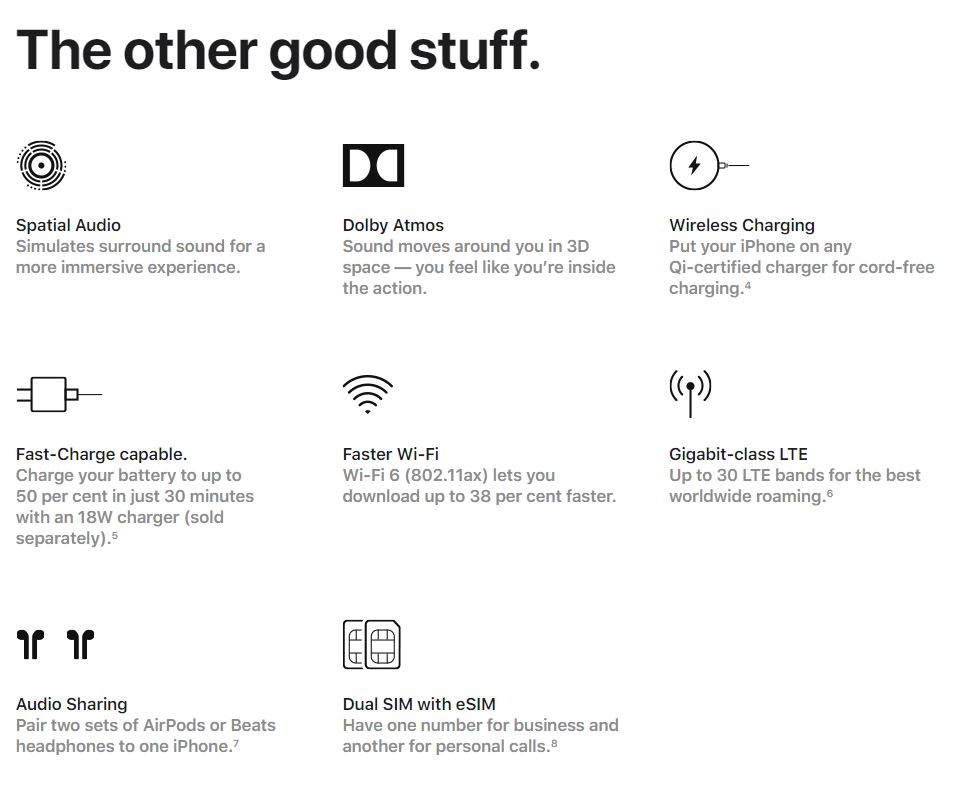
This wasn’t the only iPhone released. We also had a new Pro version of the iPhone 11, and it didn’t stop there, also released was a Max version.

With capacities upto 512 GB on both variants and the processor also being the same, the main diffentiator is size.
The iPhone Pro has a 5.8 inch screen vs the 6.5 on the iPhone Pro Max.
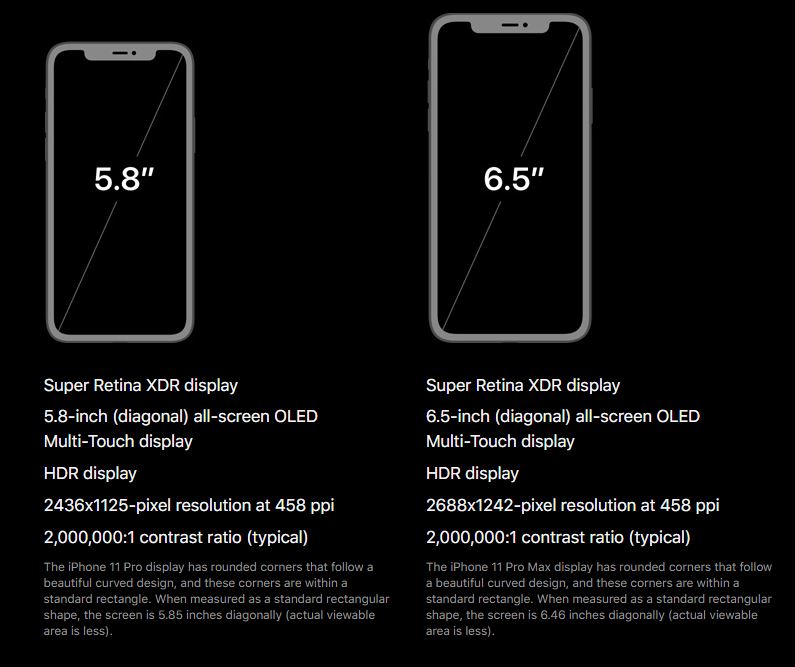
- Triple 12MP Ultra Wide, Wide and Telephoto cameras
- Ultra Wide: ƒ/2.4 aperture and 120° field of view
- Wide: ƒ/1.8 aperture
- Telephoto: ƒ/2.0 aperture
- 2x optical zoom in, 2x optical zoom out; digital zoom up to 10x
- Portrait mode with advanced bokeh and Depth Control
- Portrait Lighting with six effects (Natural, Studio, Contour, Stage, Stage Mono, High-Key Mono)
- Dual optical image stabilisation (Wide and Telephoto)
- Five‑element lens (Ultra Wide); six-element lens (Wide and Telephoto)
- Brighter True Tone flash with Slow Sync
- Panorama (up to 63MP)
- 100% Focus Pixels (Wide)
- Night mode
- Auto Adjustments
- Next‑generation Smart HDR for photos
- Wide colour capture for photos and Live Photos
- Advanced red‑eye correction
- Photo geotagging
- Auto image stabilisation
- Burst mode
- Image formats captured: HEIF and JPEG
- 4K video recording at 24 fps, 30 fps or 60 fps
- 1080p HD video recording at 30 fps or 60 fps
- 720p HD video recording at 30 fps
- Extended dynamic range for video up to 60 fps
- Optical image stabilisation for video (Wide and Telephoto)
- 2x optical zoom in, 2x optical zoom out; digital zoom up to 6x
- Audio zoom
- Brighter True Tone flash
- QuıckTake video with subject tracking
- Slow‑motion video support for 1080p at 120 fps or 240 fps
- Time‑lapse video with stabilisation
- Cinematic video stabilisation (4K, 1080p and 720p)
- Continuous autofocus video
- Take 8MP still photos while recording 4K video
- Playback zoom
- Video formats recorded: HEVC and H.264
- Stereo recording
- 12MP camera
- ƒ/2.2 aperture
- Portrait mode with advanced bokeh and Depth Control
- Portrait Lighting with six effects (Natural, Studio, Contour, Stage, Stage Mono, High‑Key Mono)
- Animoji and Memoji
- 4K video recording at 24 fps, 30 fps or 60 fps
- 1080p HD video recording at 30 fps or 60 fps
- Slow-motion video support for 1080p at 120 fps
- Next-generation Smart HDR for photos
- Extended dynamic range for video at 30 fps
- Cinematic video stabilisation (4K, 1080p and 720p)
- Wide colour capture for photos and Live Photos
- Retina Flash
- Auto image stabilisation
- Burst mode
Model A2215*
- FDD‑LTE (Bands 1, 2, 3, 4, 5, 7, 8, 11, 12, 13, 17, 18, 19, 20, 21, 25, 26, 28, 29, 30, 32, 66)
- TD‑LTE (Bands 34, 38, 39, 40, 41, 42, 46, 48)
- UMTS/HSPA+/DC‑HSDPA (850, 900, 1700/2100, 1900, 2100 MHz)
- GSM/EDGE (850, 900, 1800, 1900 MHz)
Model A2218*
- FDD‑LTE (Bands 1, 2, 3, 4, 5, 7, 8, 11, 12, 13, 17, 18, 19, 20, 21, 25, 26, 28, 29, 30, 32, 66)
- TD‑LTE (Bands 34, 38, 39, 40, 41, 42, 46, 48)
- UMTS/HSPA+/DC‑HSDPA (850, 900, 1700/2100, 1900, 2100 MHz)
- GSM/EDGE (850, 900, 1800, 1900 MHz)
All models
- Gigabit‑class LTE with 4×4 MIMO and LAA4
- 802.11ax Wi‑Fi 6 with 2×2 MIMO
- Bluetooth 5.0 wireless technology
- Ultra Wideband chip for spatial awareness
- NFC with reader mode
- Express Cards with power reserve







